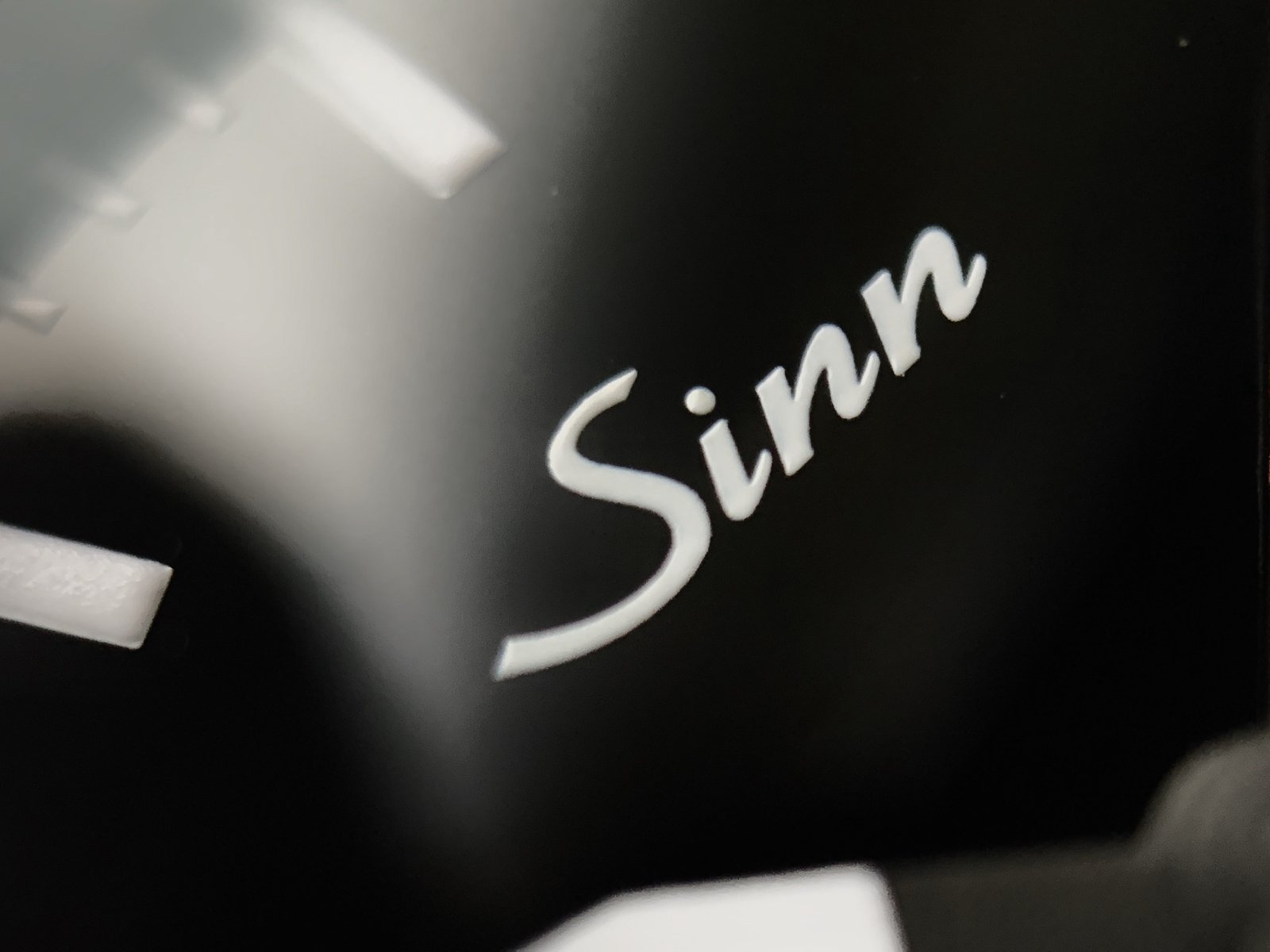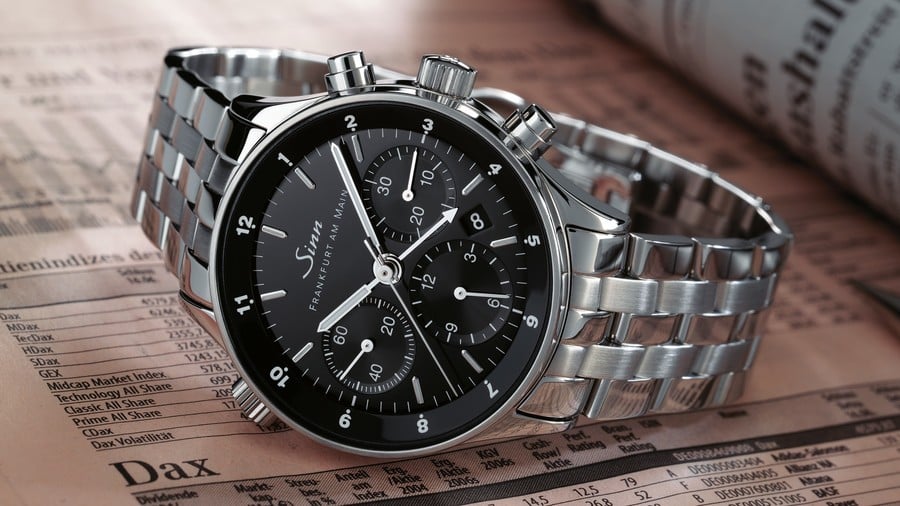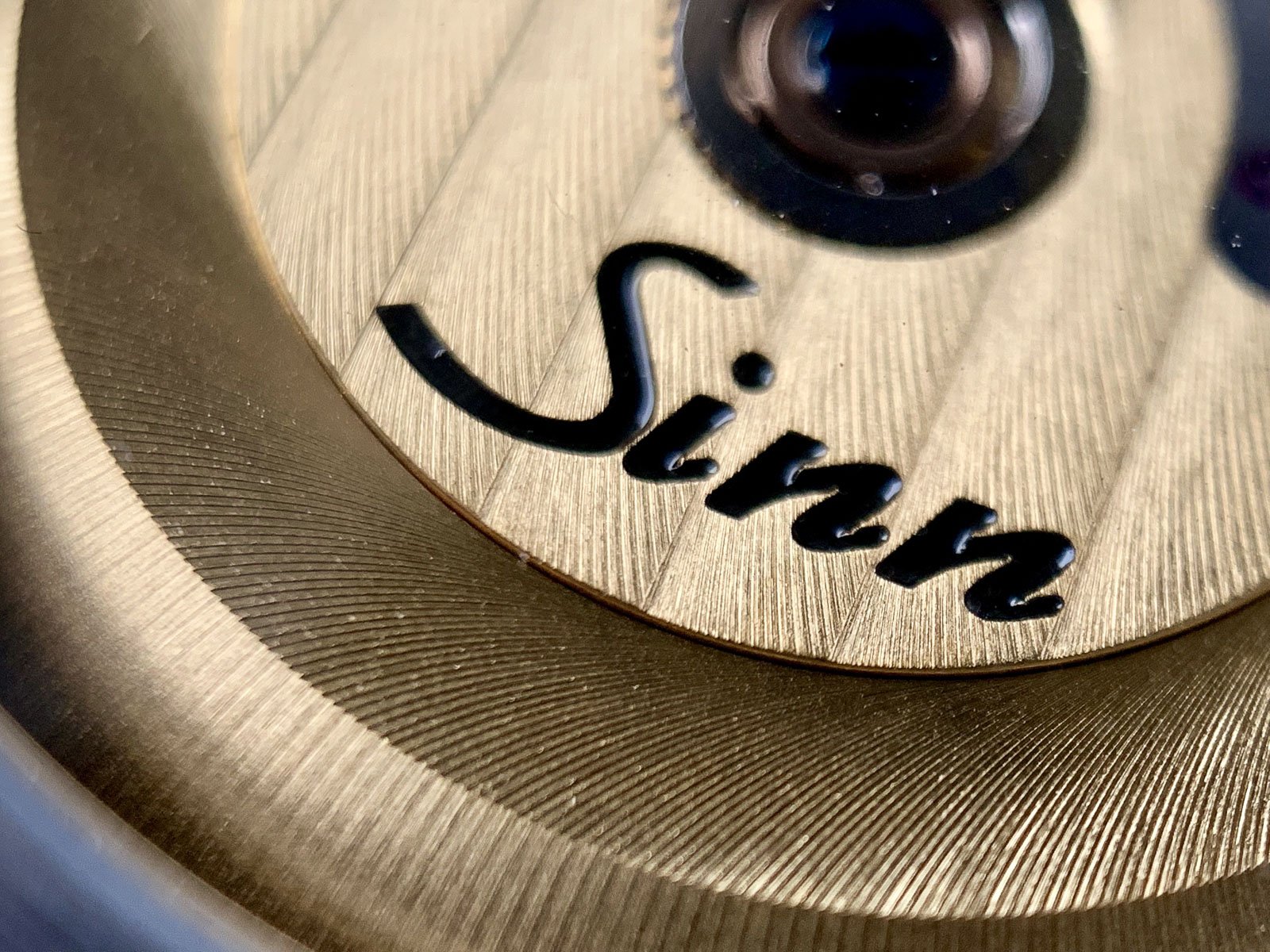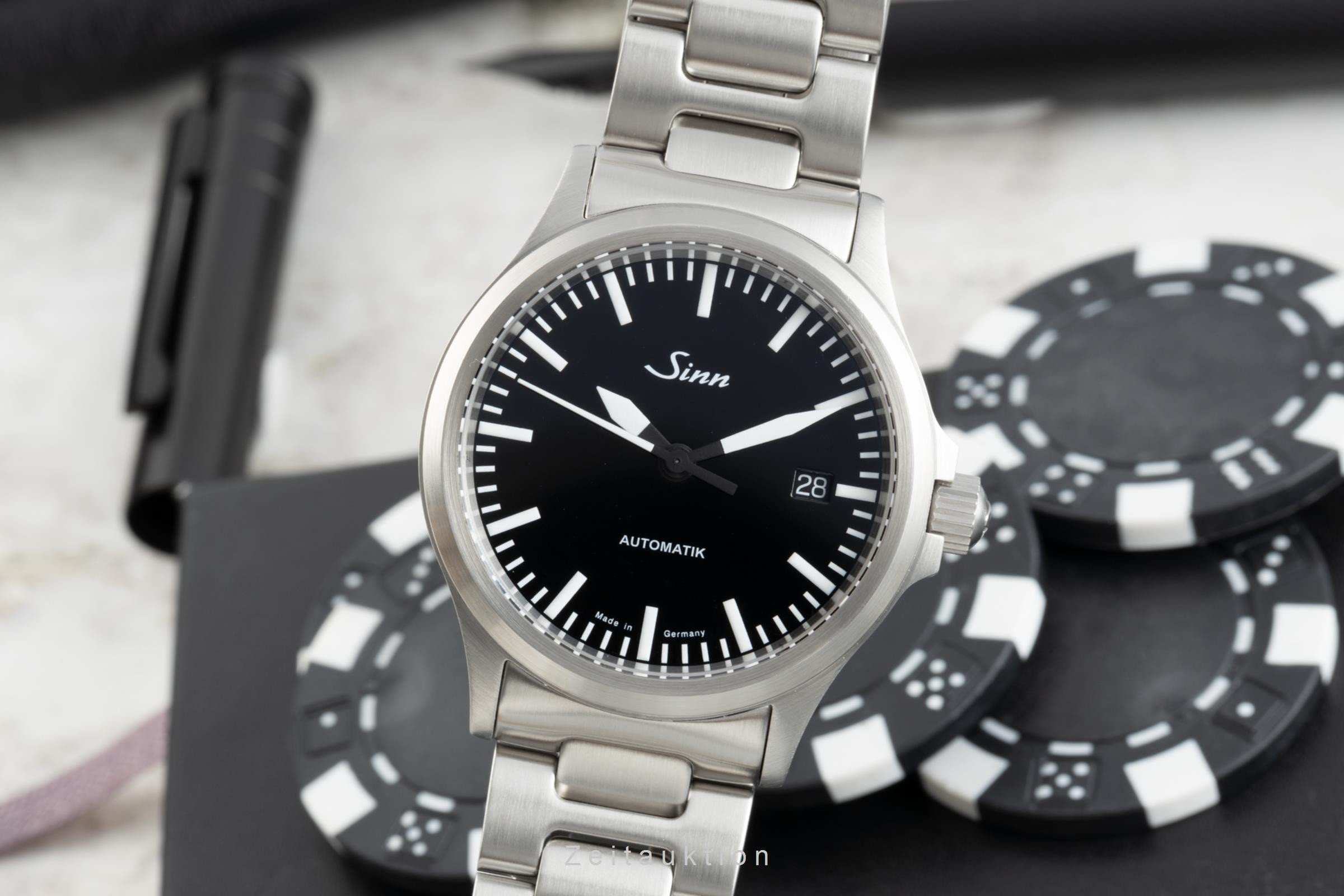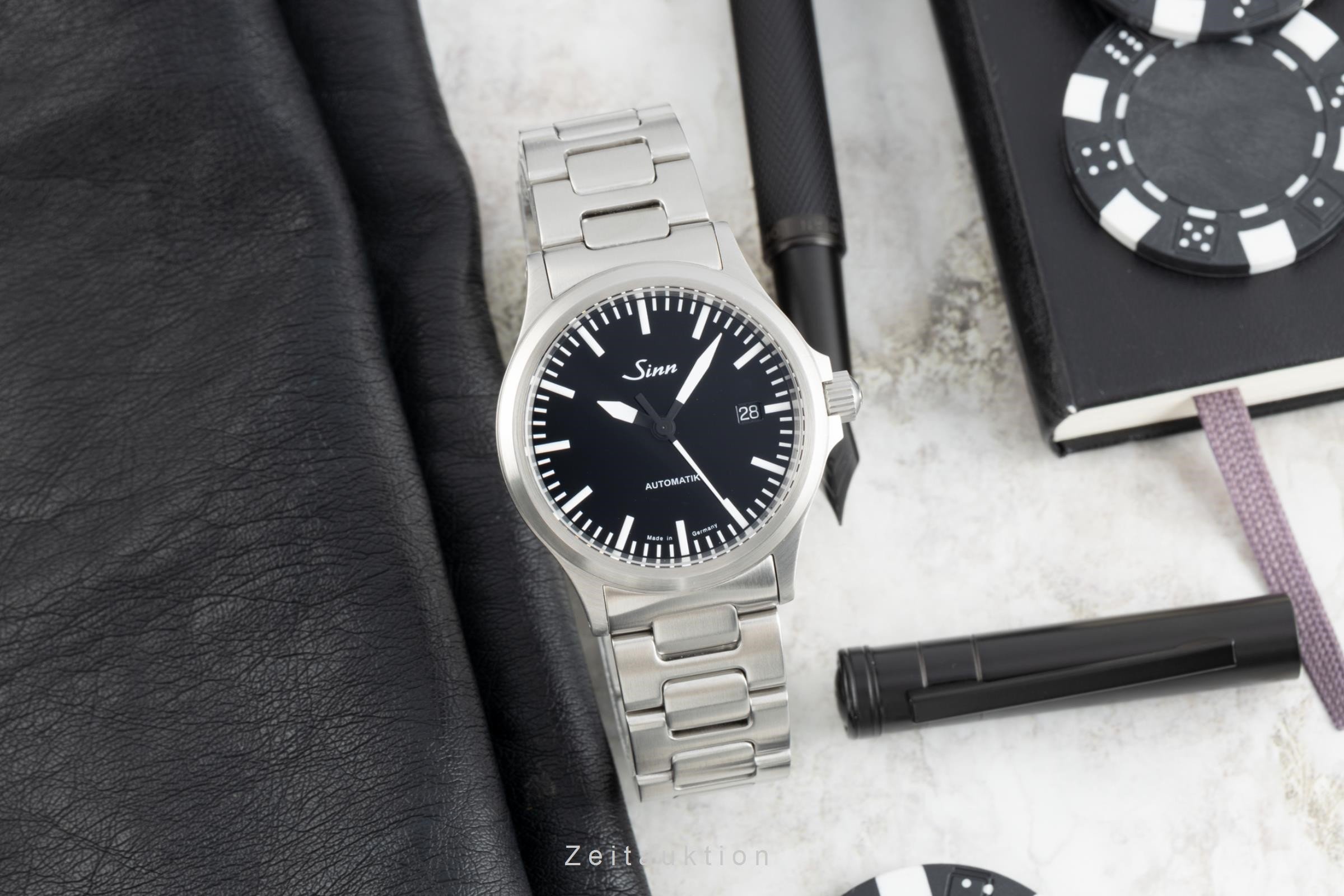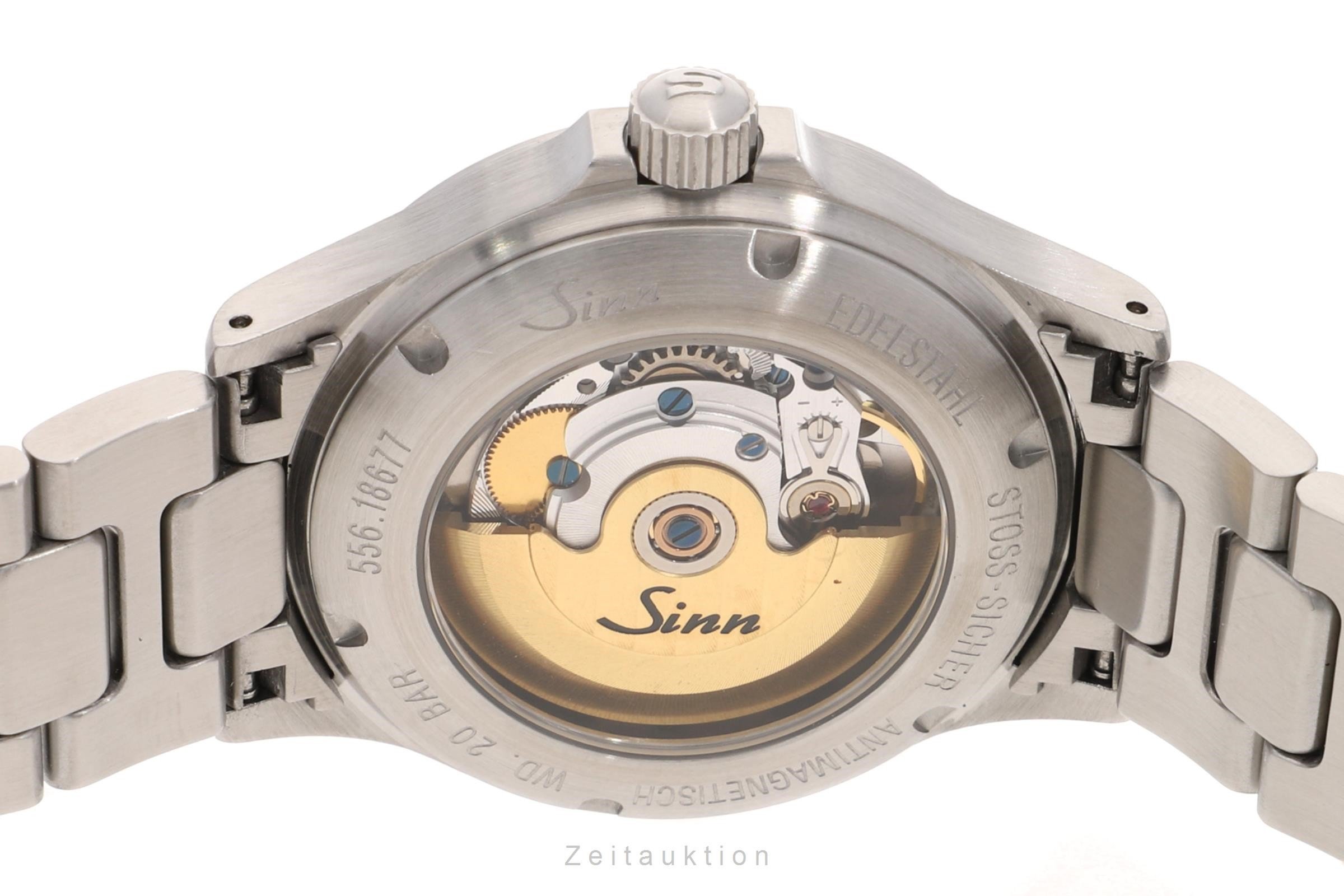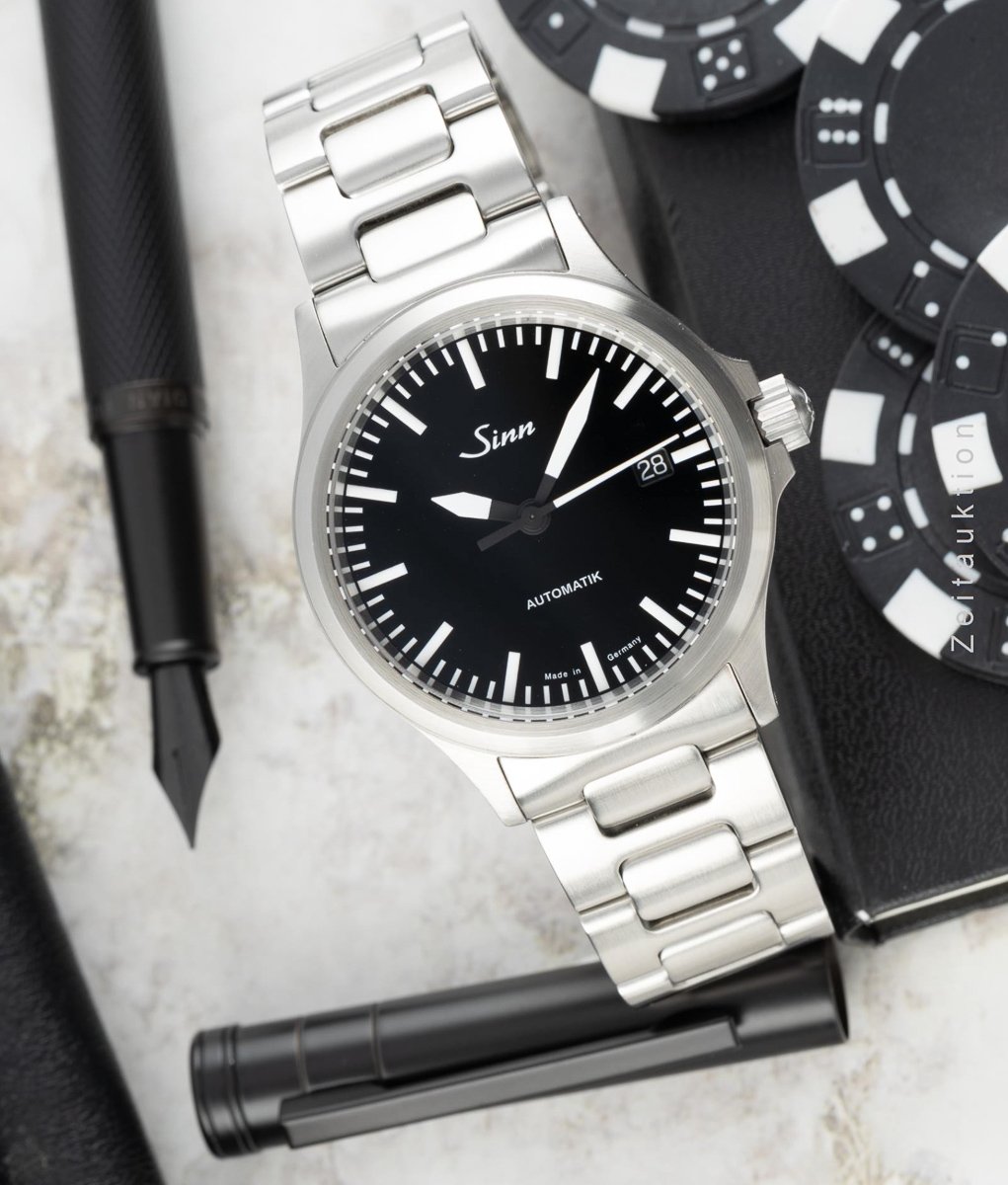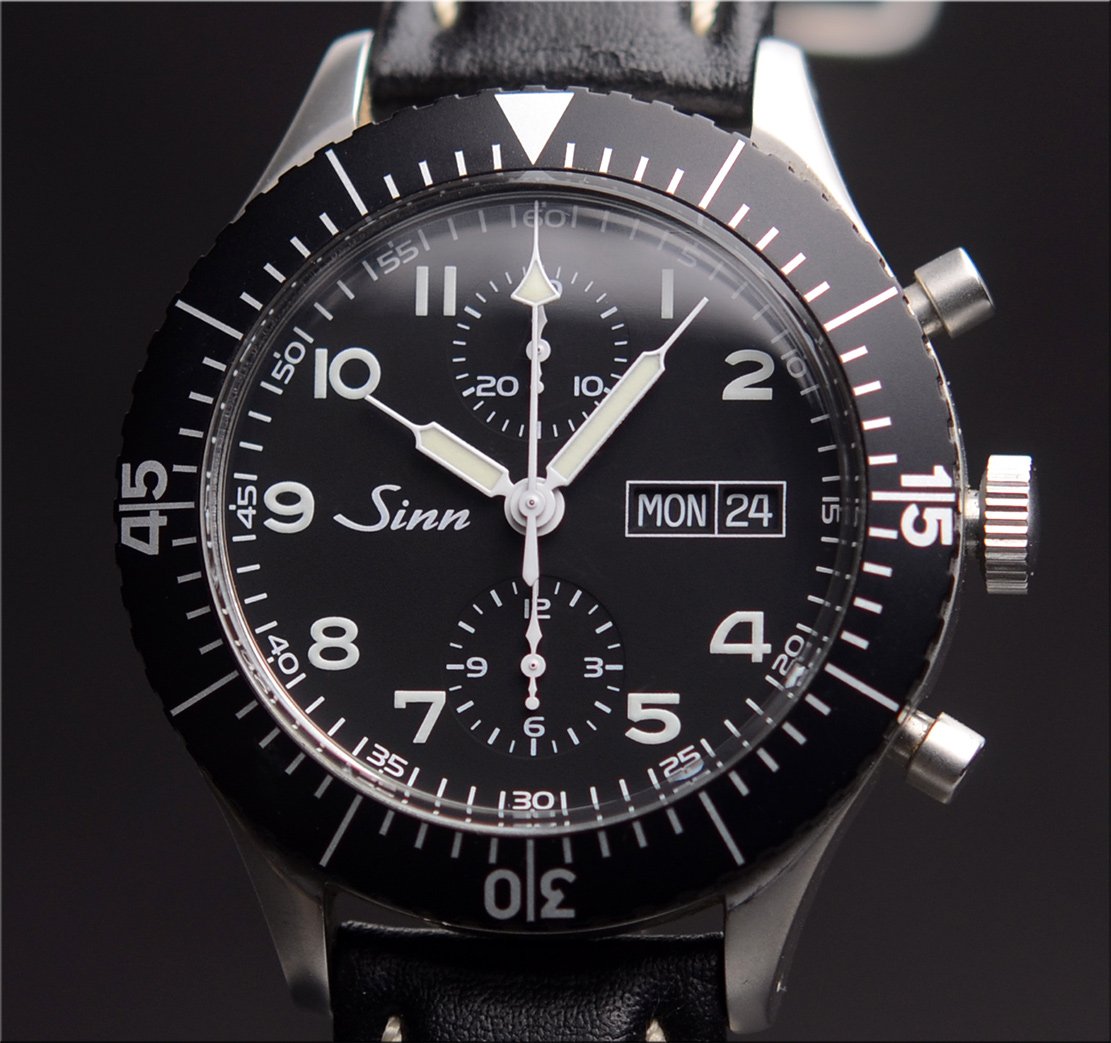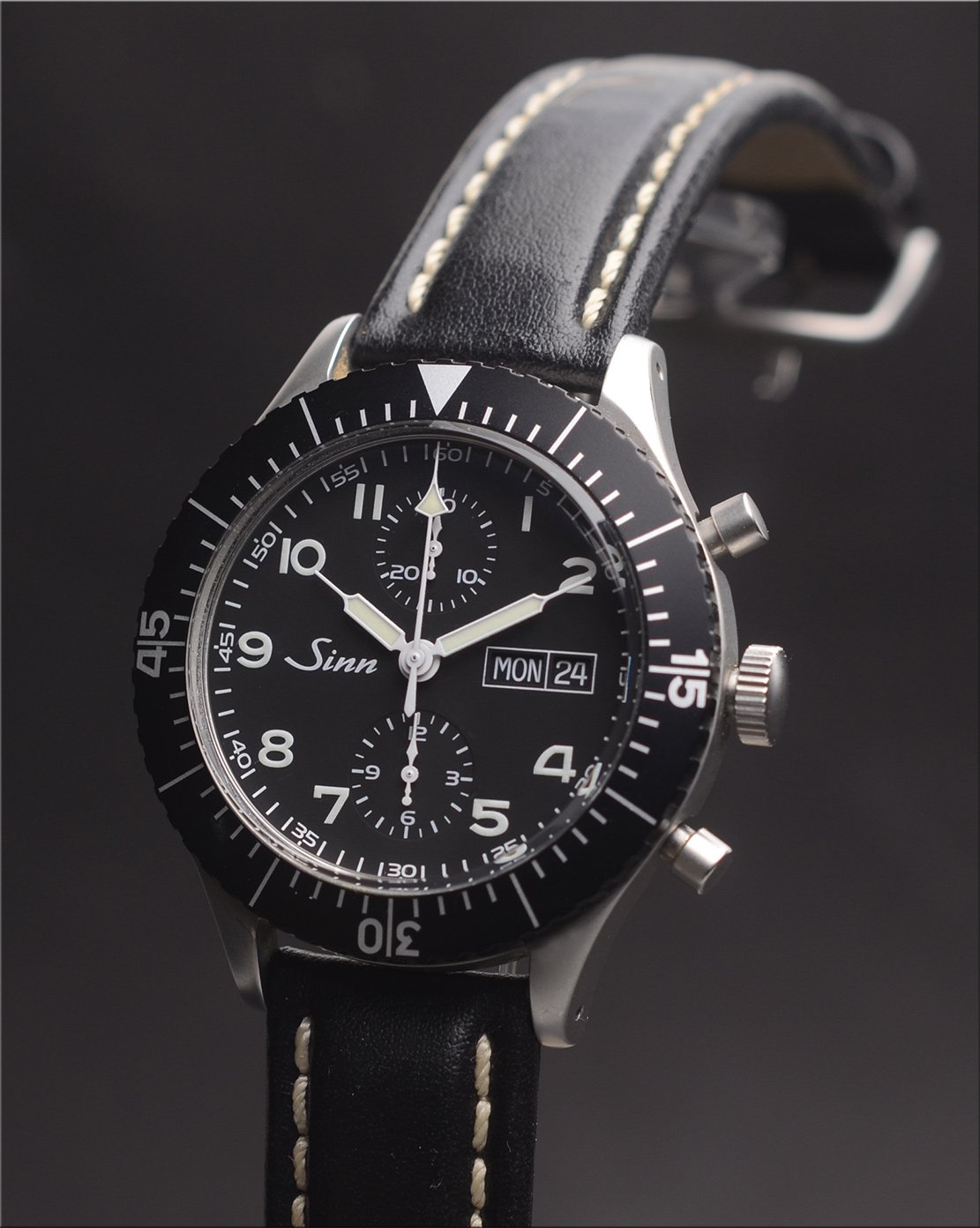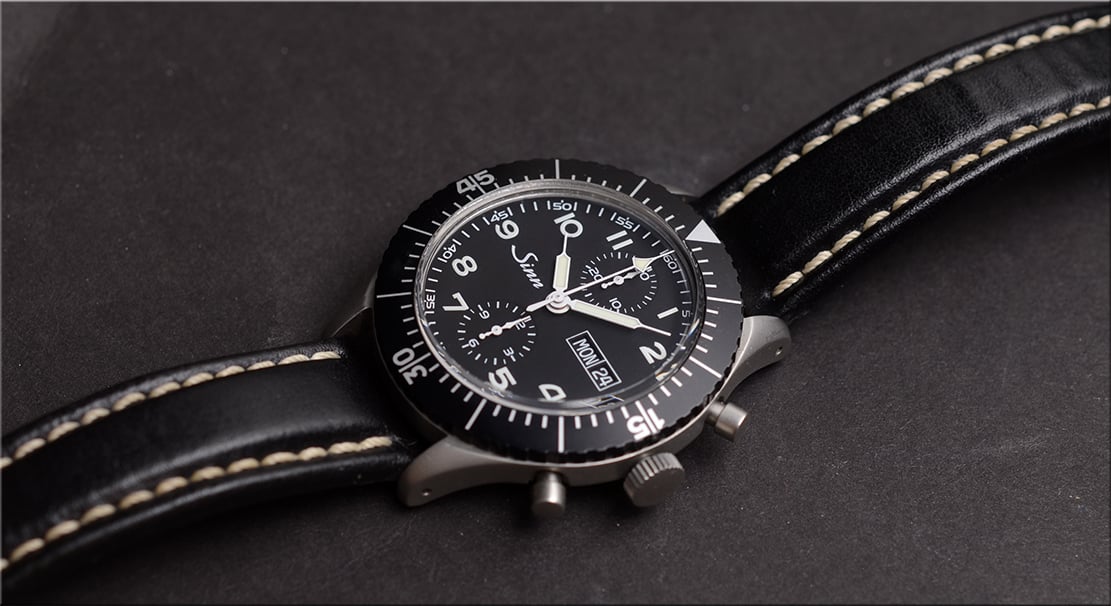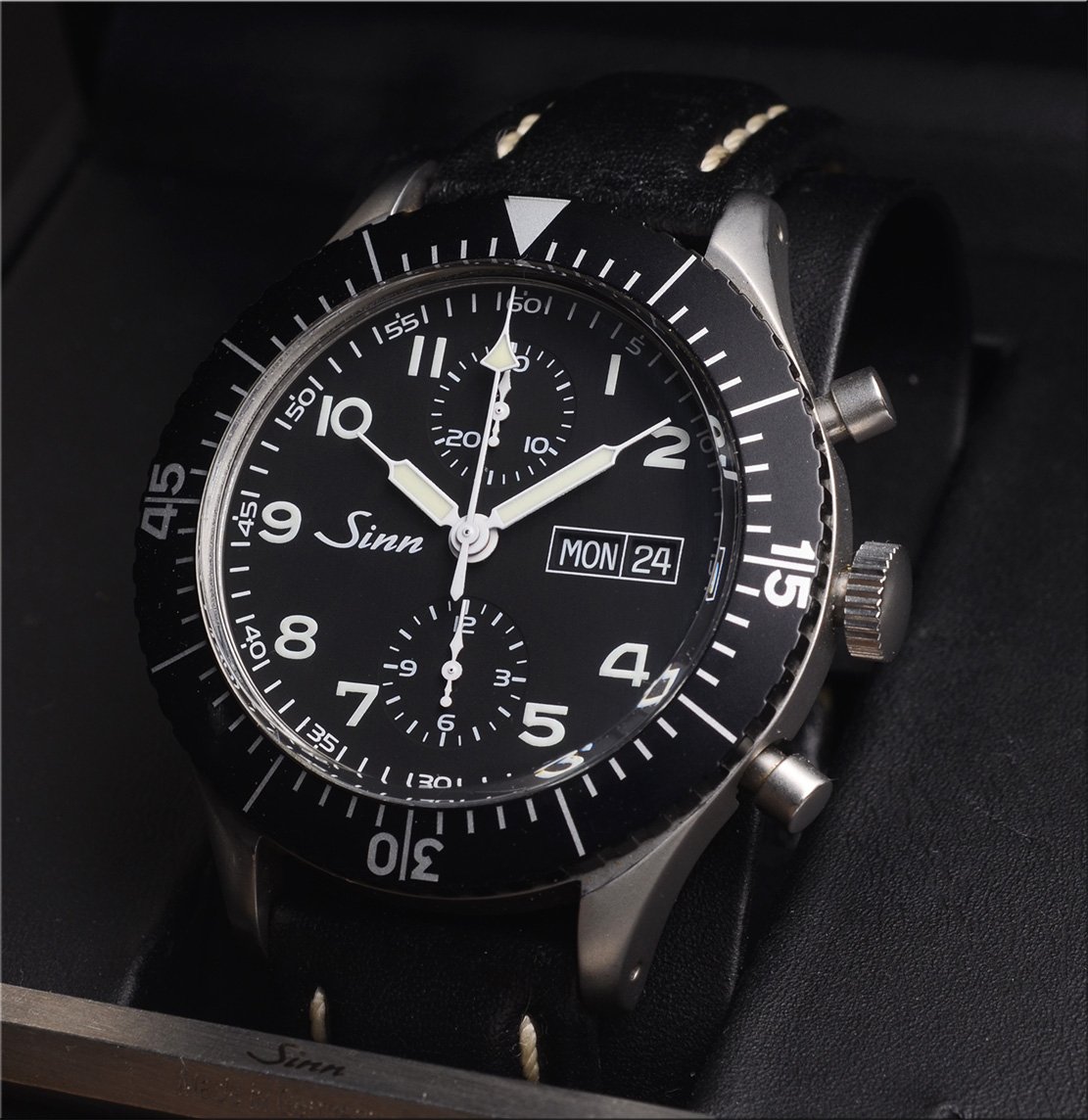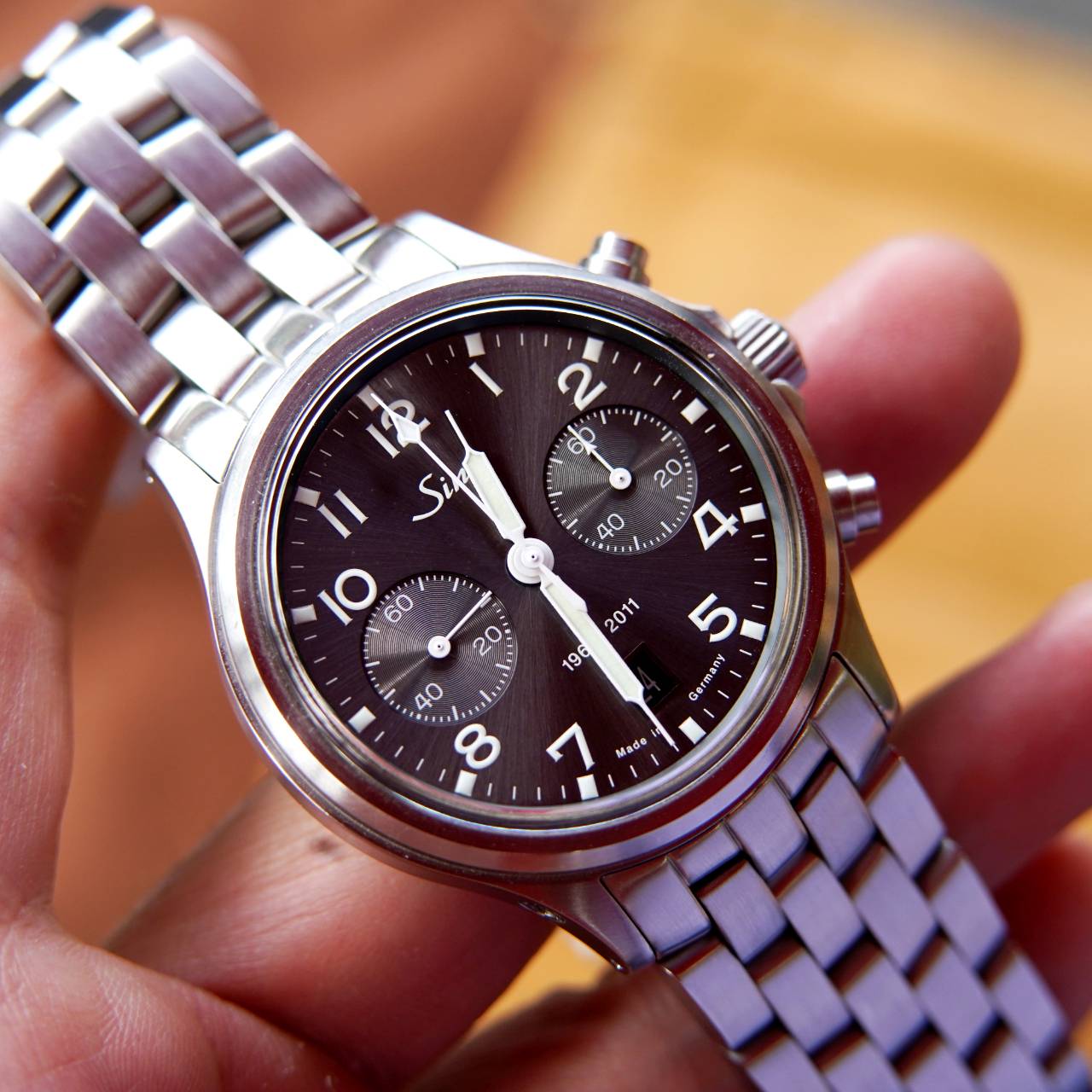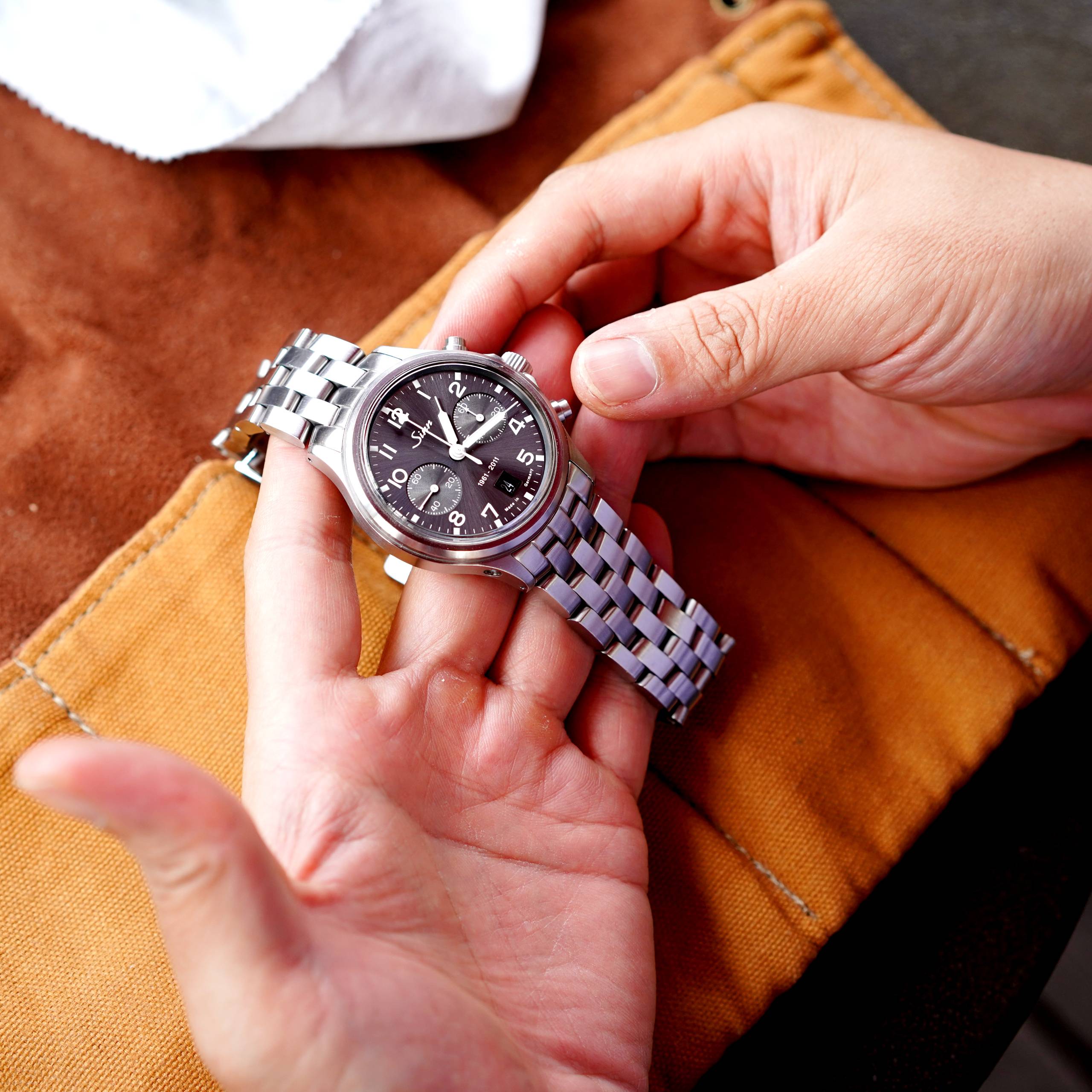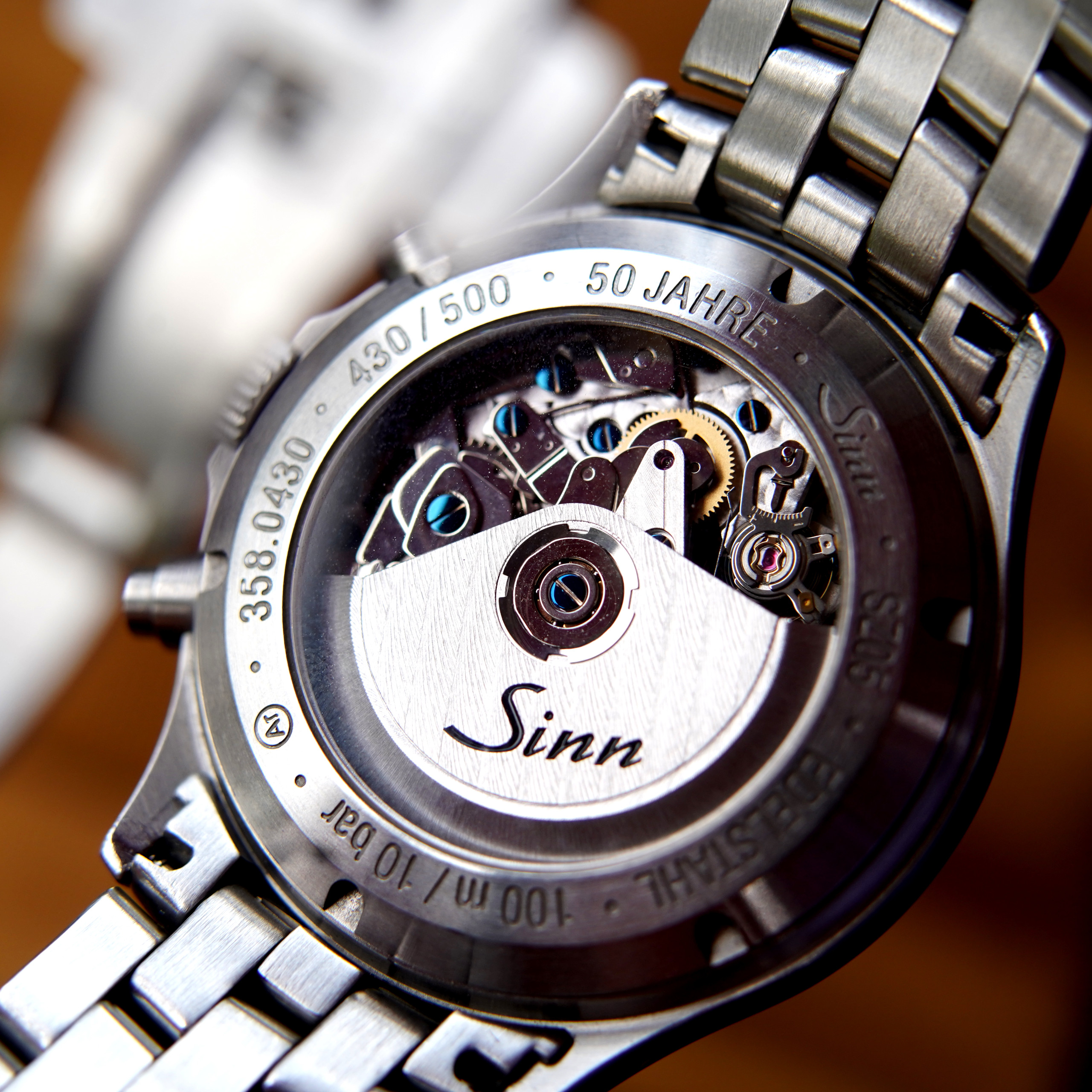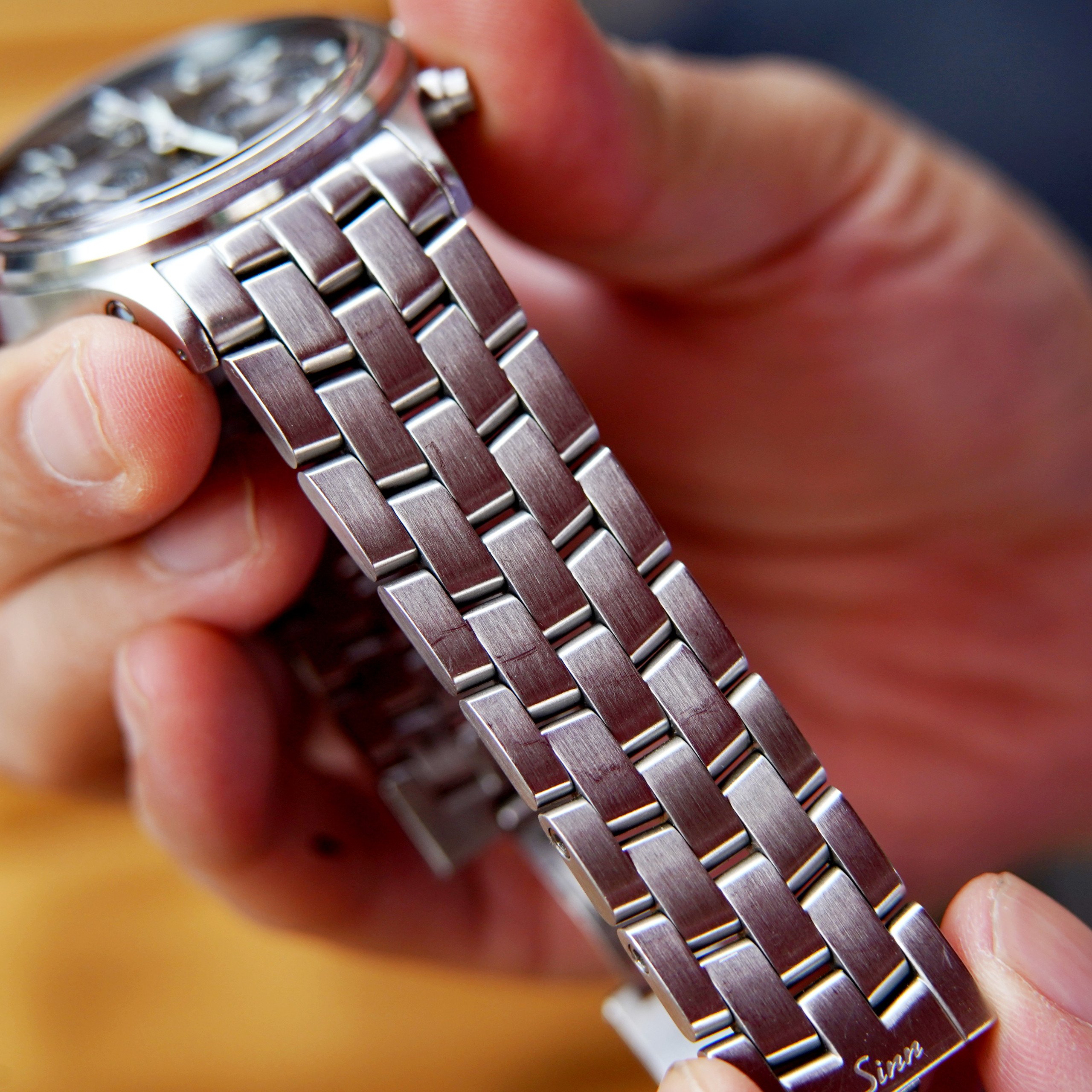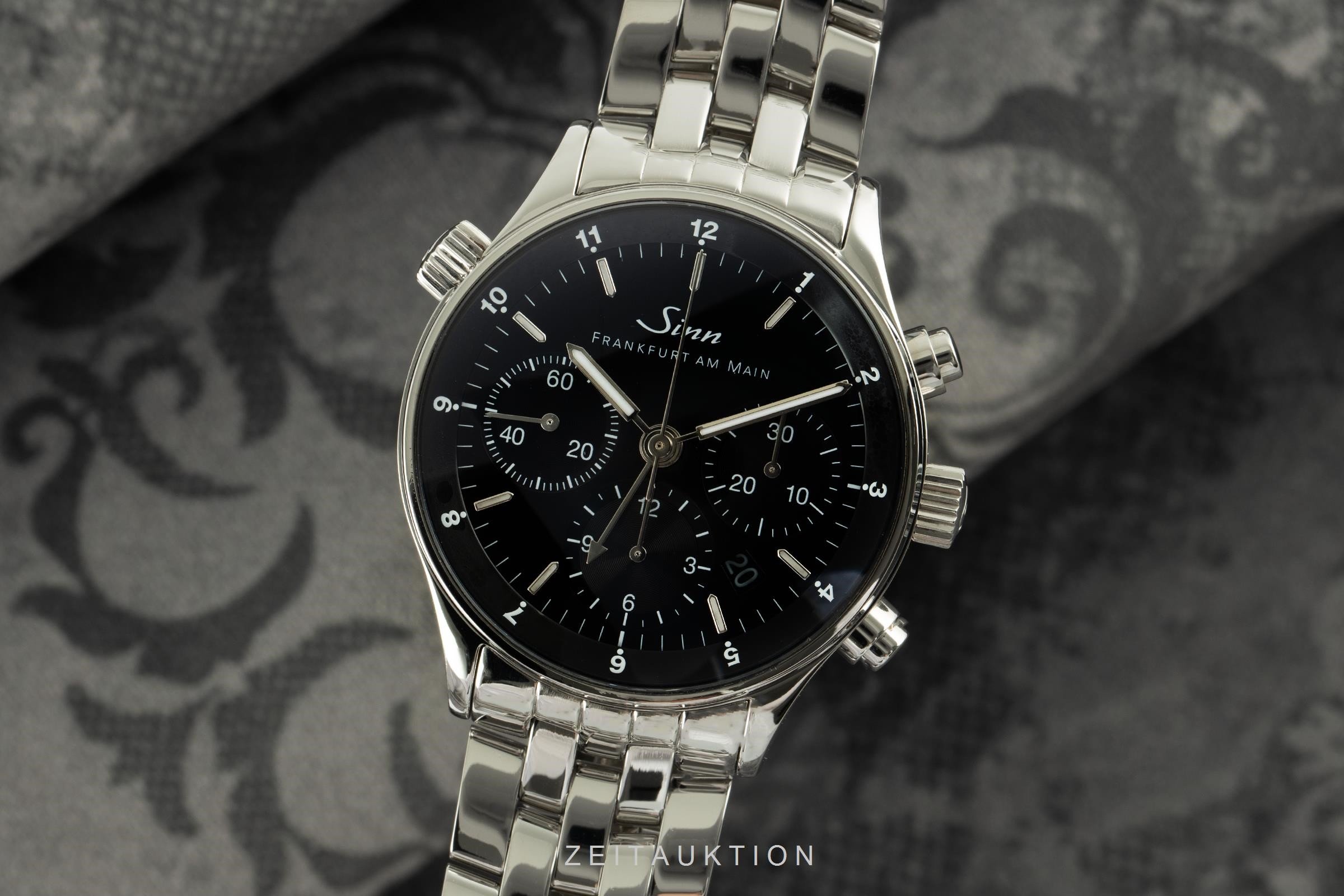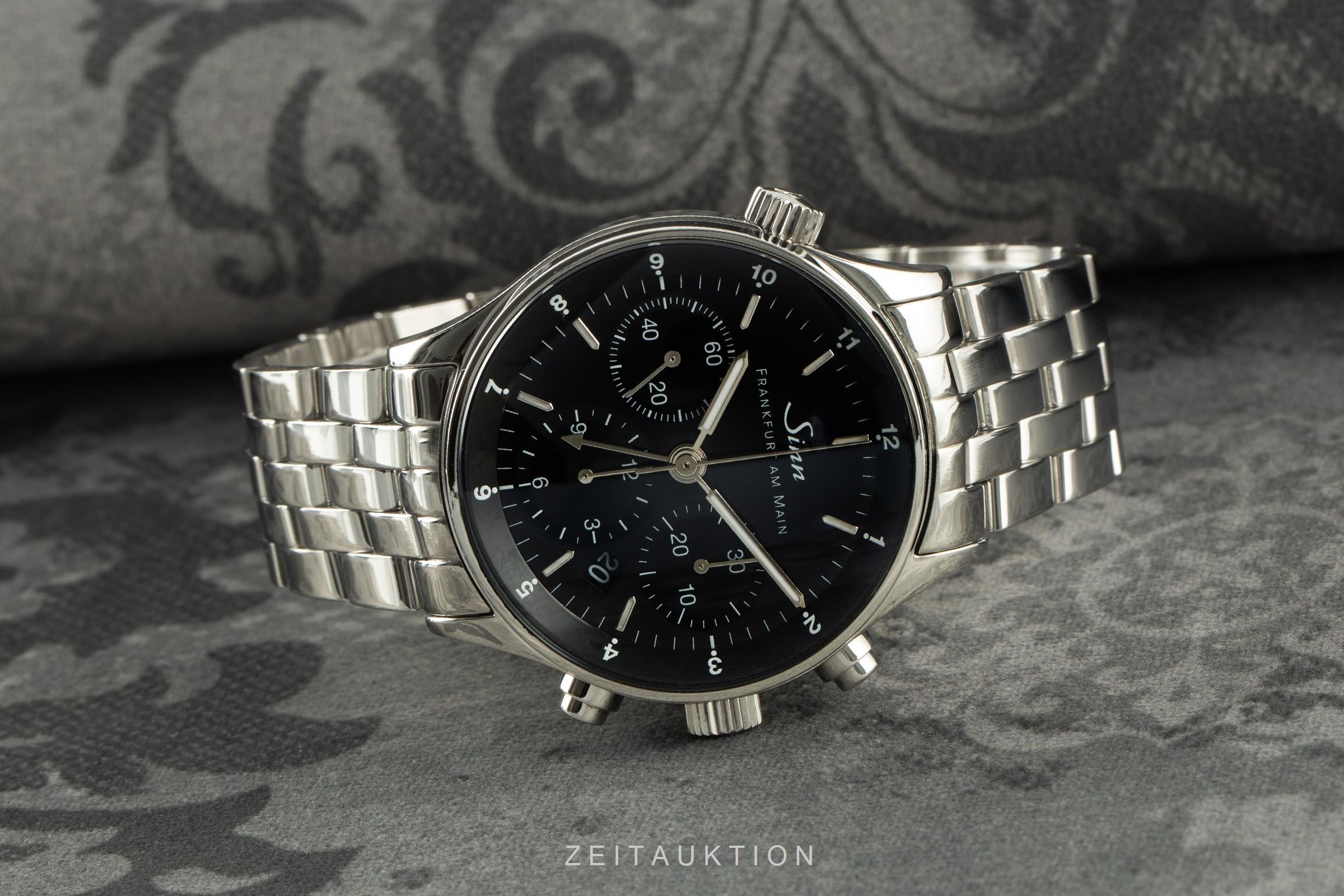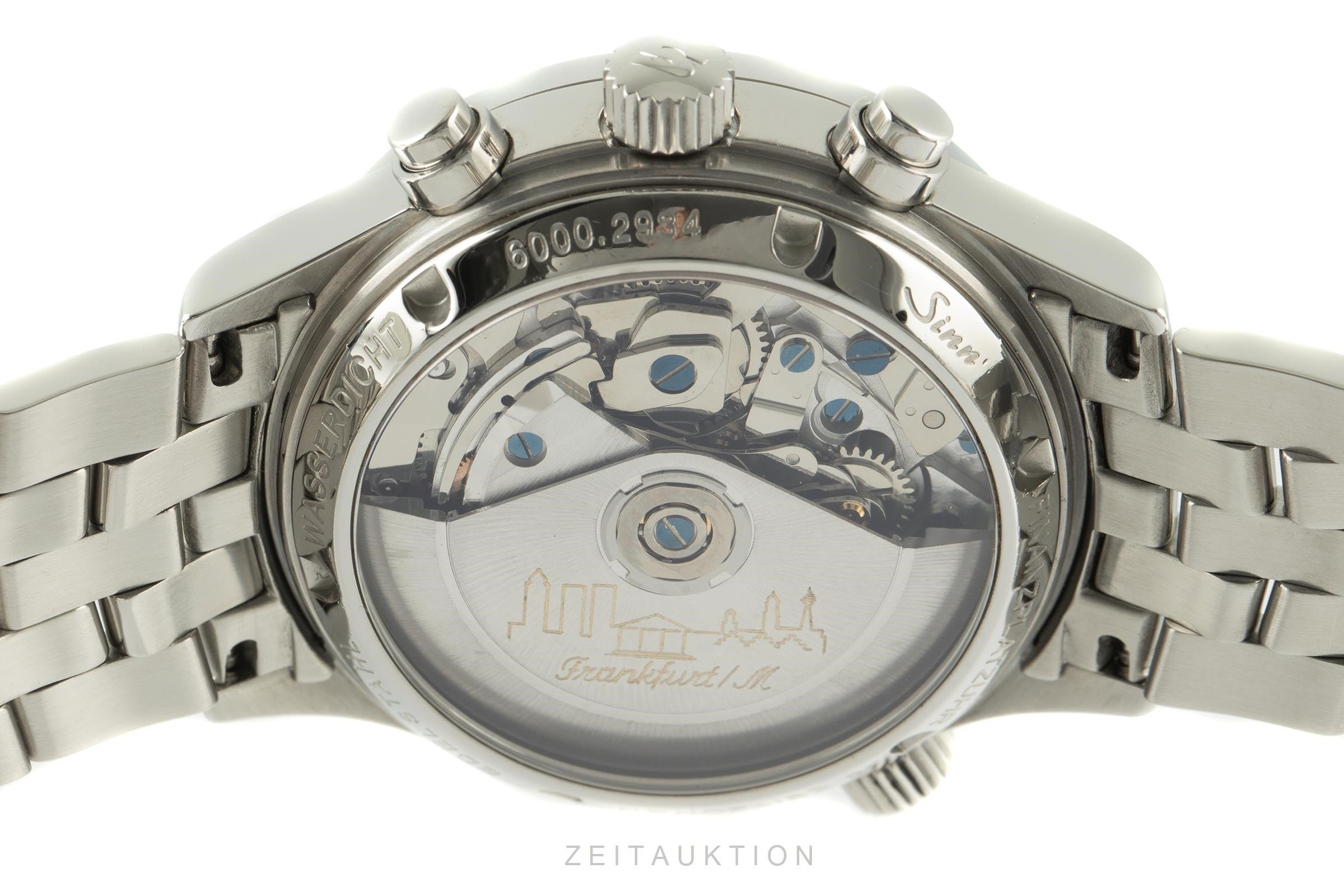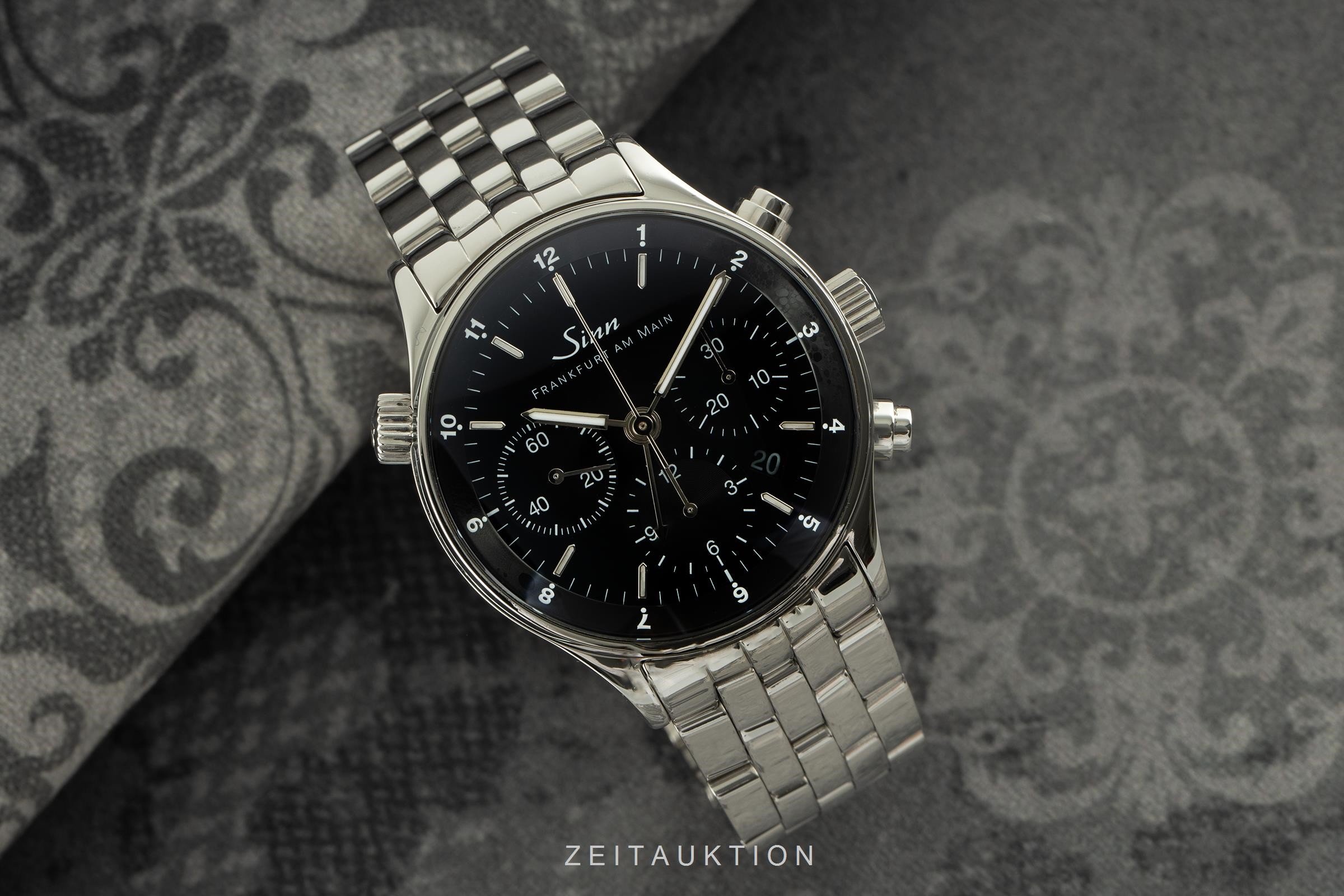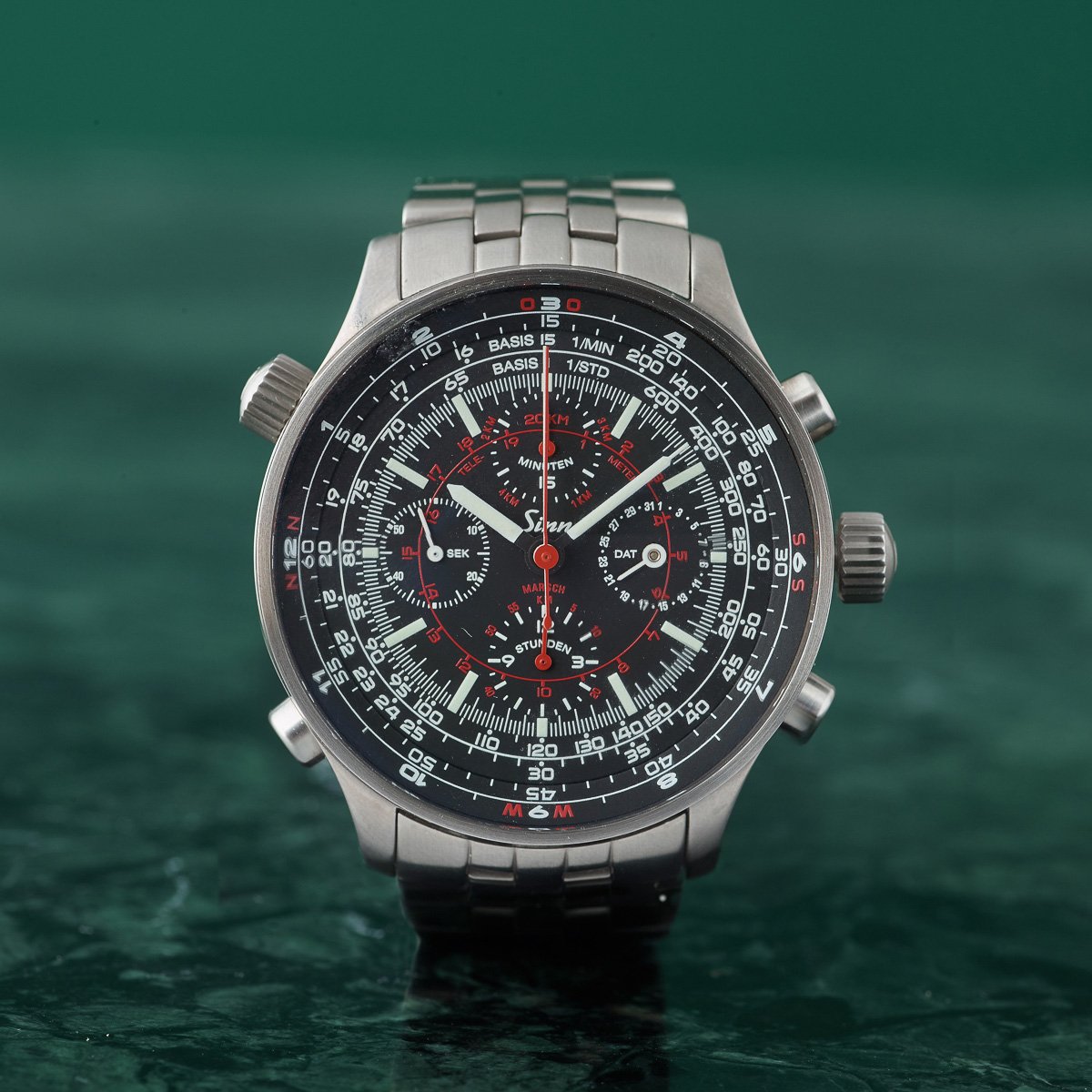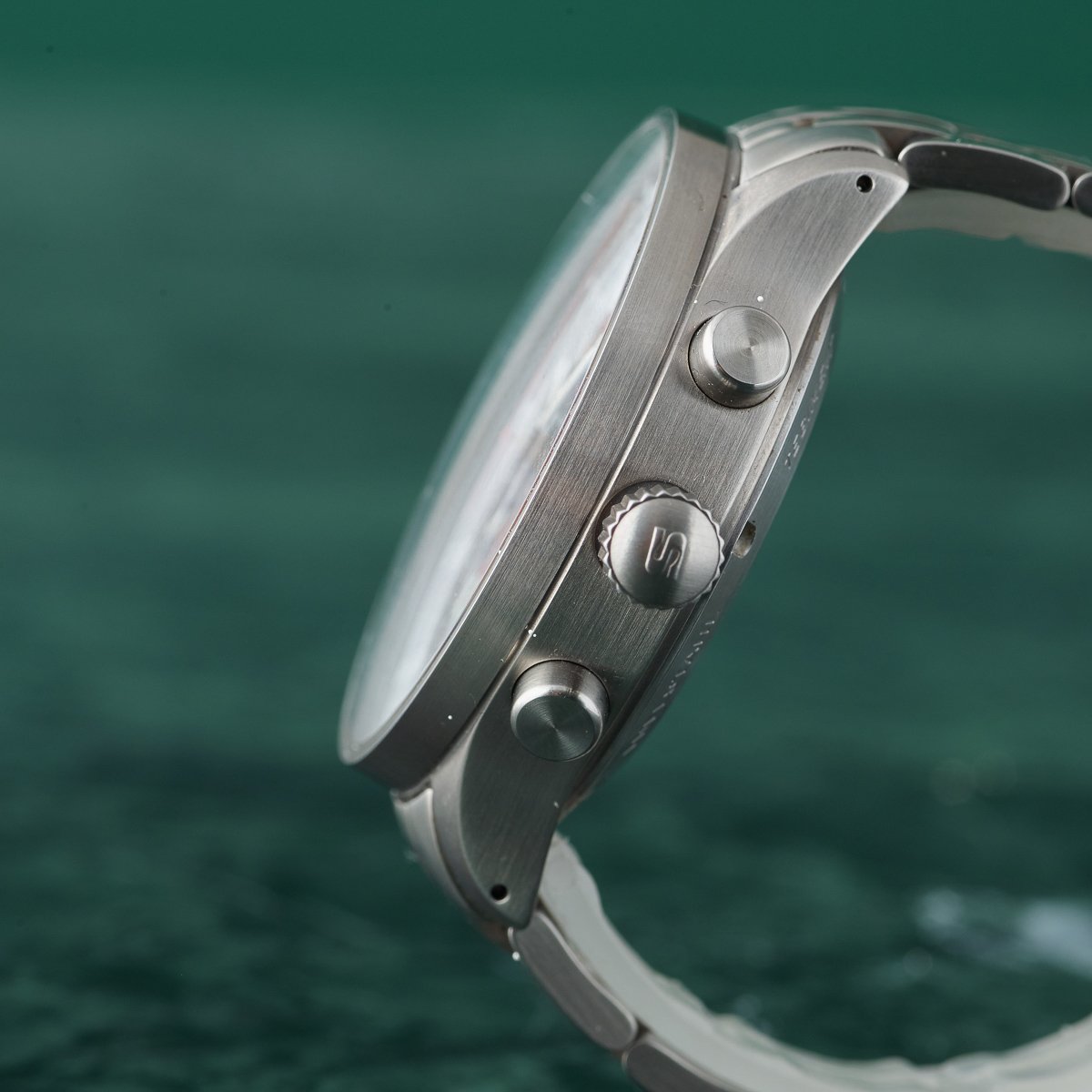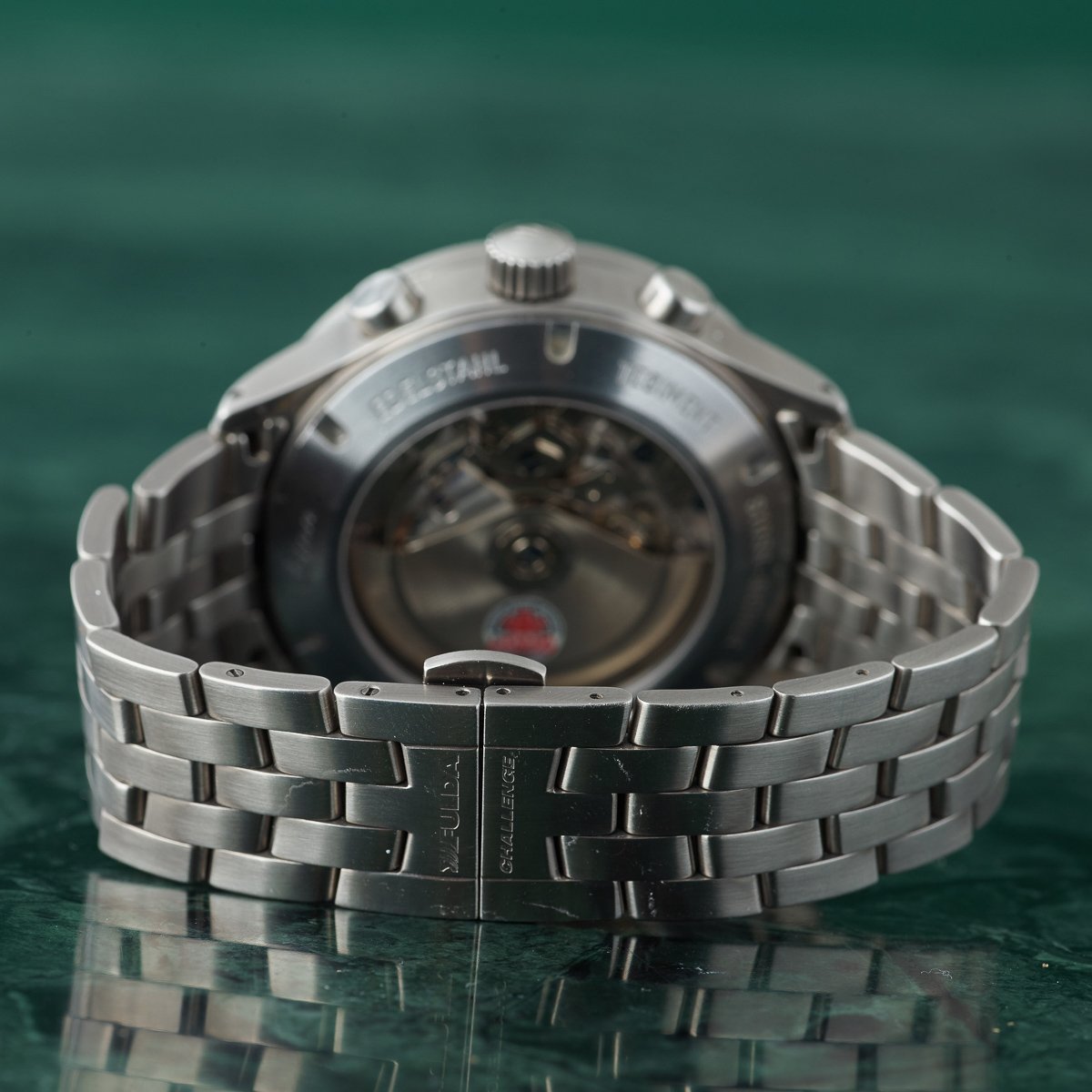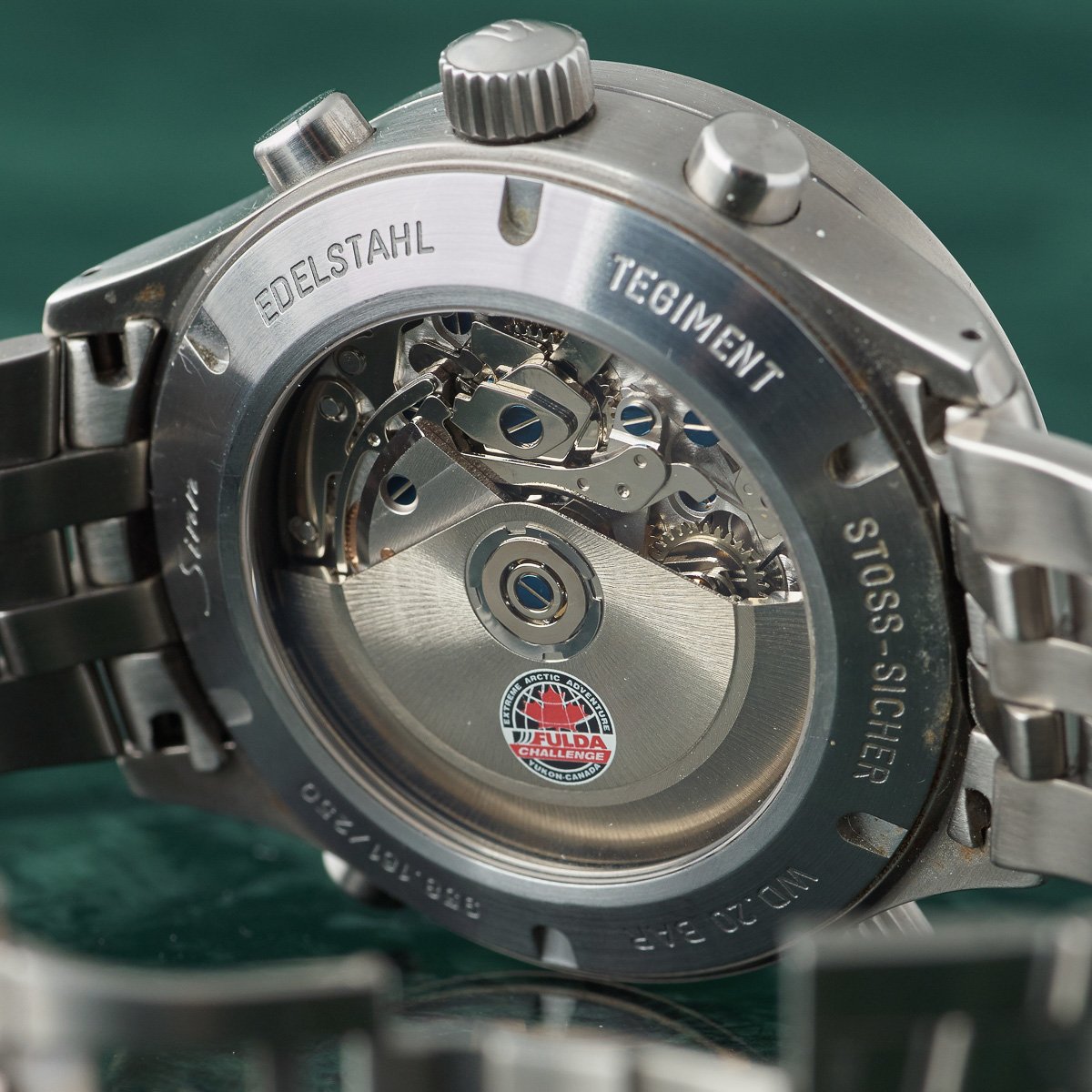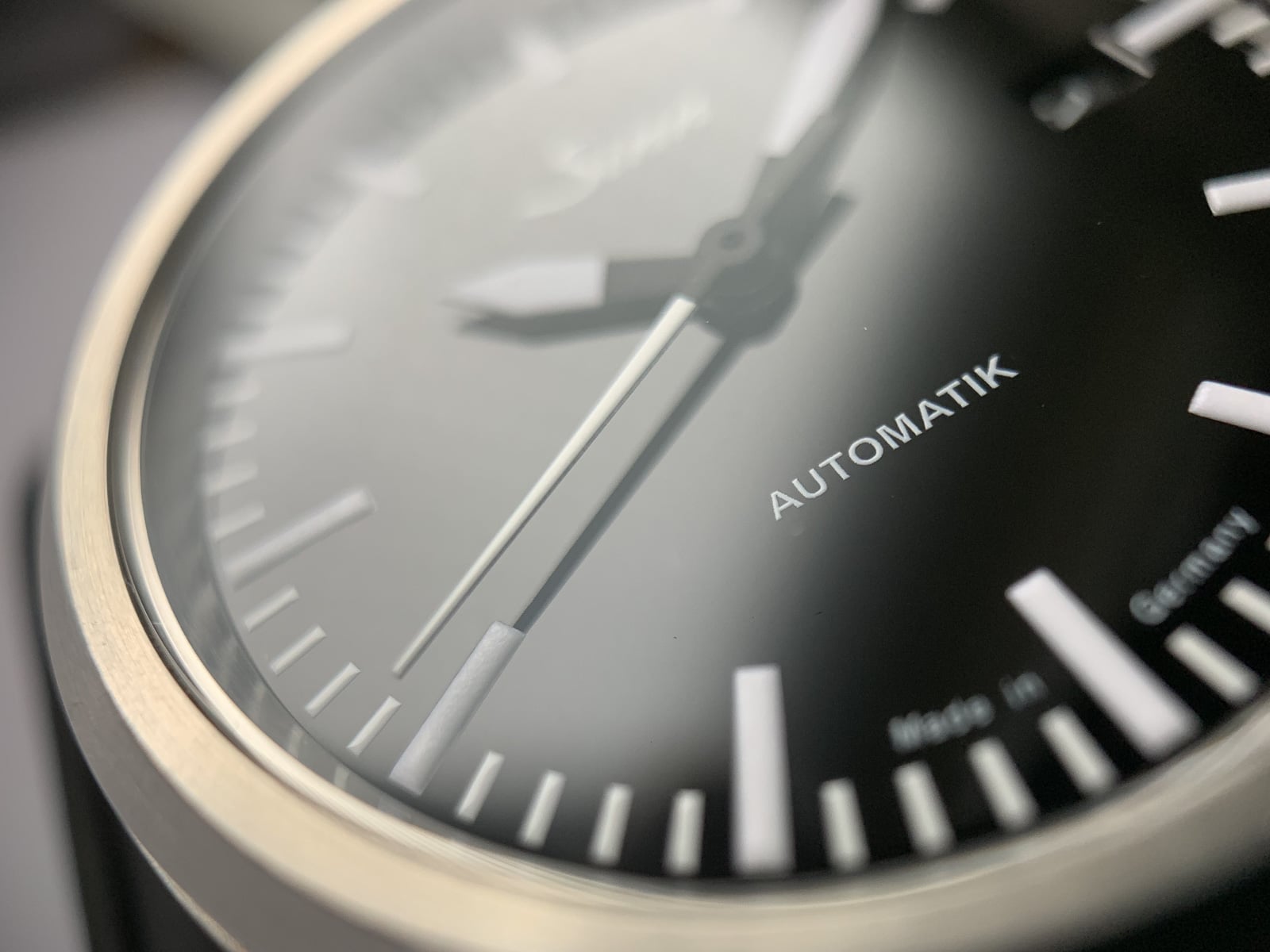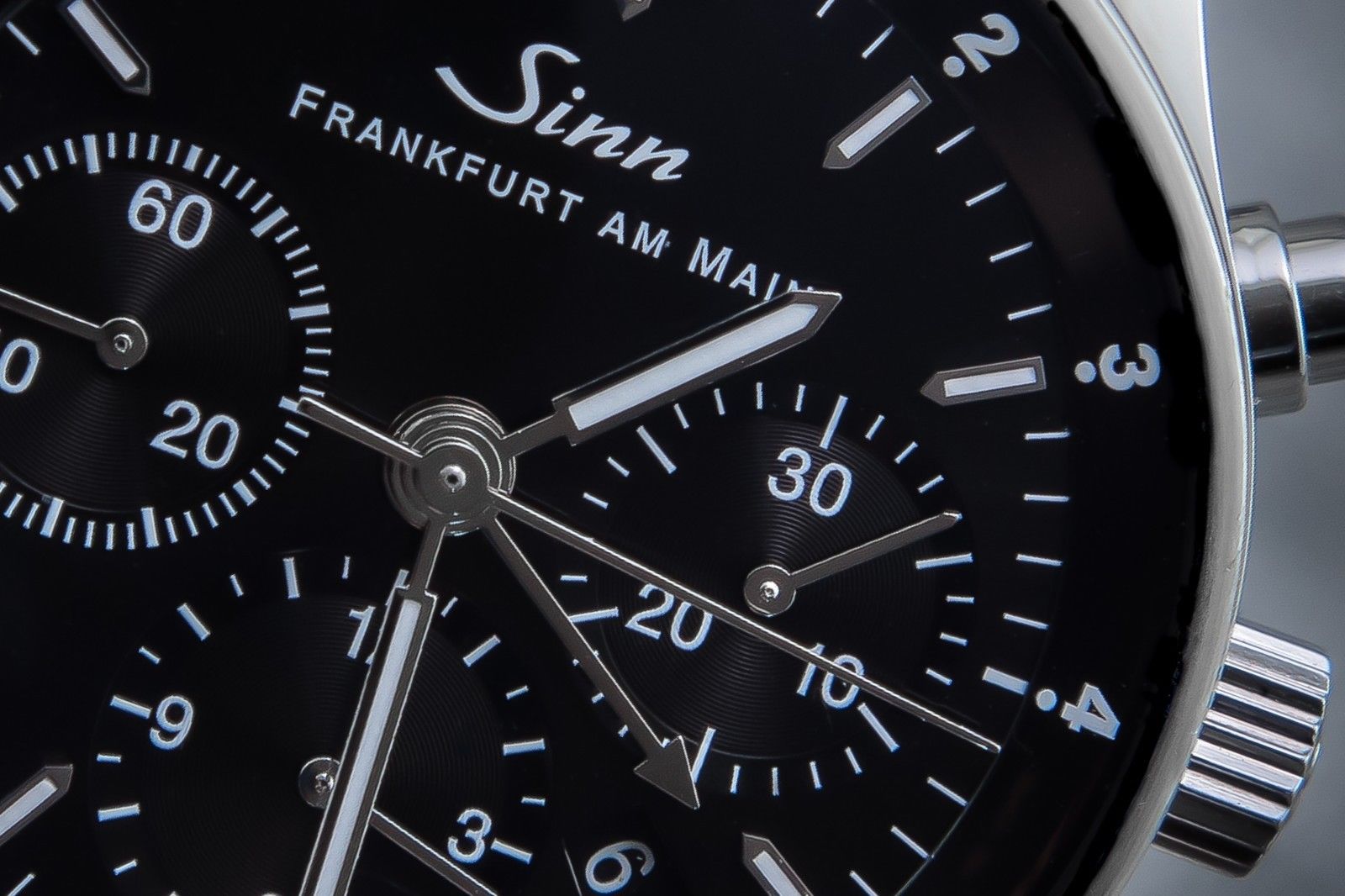Buying Guide: The Best Sinn Watches From The 2000s
We like to talk about vintage watches a lot within the Fratello team. Though most of what we write about is primarily focused on the most recent releases and developments, for many of us, a lot of the fun can be found in the sometimes weird and often wonderful world of vintage watches. It’s a world full of history, remarkable watches, incredible stories, and quirky details. It inspired us to come up with a series of articles focusing on the best watches per decade from a select group of brands. Some of them are priceless, and some of them are still affordable. In this installment, we will take a look at the best Sinn watches from the 2000s.
By the turn of the millennium, Switzerland had proudly reclaimed its title as the watchmaking capital of the world. The 2000s, in many ways, formed the blueprint for the watch industry as we know it today. By the time the 2000s came around, mechanical watches were incredibly popular. Instead of just selling instruments that told the time, the major brands became cornerstones in the world of luxury goods, and the watch industry was thriving.
We saw brands being bought by conglomerates that turned into the luxury powerhouses they are today. But the 2000s was also the decade that saw the rise of independent brands alongside the industry’s big players. Small brands made it their goal to push the envelope of watchmaking in terms of design and technological developments. In the early 2000s, we also saw watches increase in size like never before. Panerai, Audemars Piguet, Hublot, and IWC enjoyed a great rise in popularity with their oversized watches. They will all be part of the best watches of the 2000s.
Sinn in the 2000s
As I explained in my article about Sinn in the 1990s, the brand carved out its own niche in the watch world and slowly started attracting more and more fans. The brand’s philosophy of creating highly functional timepieces mostly targeted at professionals made the brand popular among the general watch-loving crowd. The brand constantly pushed the boundaries and came up with more new innovations for its timepieces. It made Lothar Schmidt’s company Sinn Spezialuhren GmbH a well-known brand representing functionality and innovation.
As proof of this innovation, Sinn presented its DIAPAL technology in 2001. It features a special combination of materials that do not need lubrication and therefore ensures the long-term accuracy of the movement. In 2003, the brand introduced a technique called Tegiment that hardens stainless steel cases to protect them from scratching. In 2005, Sinn produced its first watch using a case back of German Submarine Steel. And the list goes on. This constant will to innovate and increased popularity also resulted in the brand winning multiple awards at the “Goldene Unruh” — a prestigious, yearly German award show — as voted for by the public. It shows that the functional and technical approach landed in people’s hearts as well. So let’s look at five Sinn models from the first decade of the new millennium that stood out.
The Entry Point — Sinn 556
Let’s start this list with a real entry point. The Sinn 556 has always been the brand’s affordable entry-level watch, and it’s a wonderful way to experience what makes the brand so great. The 556 was first introduced in December 2007 and has grown into a popular range within the Sinn collection. The first generation of the 556, produced from 2008 to 2010, was the most straightforward in its design and is currently known as the Sinn 556 I. It features a 38.5mm case that is 11mm thick with a lug-to-lug of 45mm and a lug width of 20mm. Despite not being a dive watch, it comes with a screw-down crown and is water-resistant to 200 meters.
Under the sapphire crystal, the dial design of the first-generation 556 is simple but very effective, as we have come to expect from Sinn. The watch features a black dial with contrasting white baton markers. The only detail that departs from the clean design is the date window at 3 o’clock. But even the date window is integrated very nicely and hardly stands out. Sinn produced the first-generation 556 with only this dial until 2010. In 2011, the 556 range was divided into the 556 A with Arabic numerals and the aforementioned 556 I as the successor to this first-generation 556.
A truly popular model
Inside the case, Sinn equipped the watch with the ETA 2824-2. The movement operates at 28,800vph and has 25 jewels with a 38-hour power reserve. The well-known movement was a reliable choice for Sinn in its entry-level watch. The movement is visible through the sapphire case back, and you will see the gold-colored and Sinn-branded rotor. There have been discussions about what version of the movement Sinn used in the past. Sinn used the Top-grade movement initially and later switched to the Elaboré version for a short time before switching back. The designated range of accuracy for the Top-grade version is ±4 seconds per day to ±15 sec per day. Knowing that the price for the Sinn 556 back when it was first introduced was around €500, it cannot be called a bad choice of a movement.
Fans of Sinn praise the 556 for being a great value for the money. Which it is, based on all of its specs. But the Sinn 556 has also become one of the brand’s icons based on its looks. The watch looks great on both a bracelet and almost any strap that you put on it. The design is so clean and nice that it allows for a great variety of straps to be used. Finding one of the first-generation Sinn 556 models is not that easy. But in all honesty, you don’t have to either because you can pick up the same watch from after 2010. Prices for a pre-owned Sinn 556 start just under €1,000 and go up marginally. Knowing that the current Sellita-powered Sinn 556 starts at €990, that gives you an insight into how strong their value is.
My choice — Sinn 155 Manufaktum
My pick for this week is the Sinn 155 Manufactum. This special watch was released in a limited run of just 300 pieces exclusively sold through the German department store Manufactum. For those of you who don’t know, Manufactum is not just a department store. Its motto in German is “Es gibt sie noch, die guten Dinge,” which translated into English means “Good things still exist.” And that’s exactly how you feel if you walk into one of its stores in Germany. I have been to the Manufaktum store in Munich, and it’s a great example of a retailer that only sells the best products in a wide variety of categories, from cookware to clothing, and yes, even watches. If you are ever in Germany, I highly recommend visiting one of Manufaktum’s stores if you get the chance.
It was also the perfect store to sell a limited edition of 272 pieces of this legendary Sinn 155. Most of you will know that Leonidas and later Heuer produced the legendary 1550 SG Bund Chronographs starting in the late 1960s. They were my pick in the article about the best Heuer watches from the 1960s. In the 1980s and early 1990s, Helmut Sinn bought left-over watches from the inventories of the Bundeswehr. After servicing them and adding the Sinn logo to the dial, they were sold as the Sinn 155 Bw. The Bund chronographs were produced from 1967 to 1990. But that would not be the last time we saw them.
The second Sinn re-issue
The first time Sinn brought back the 155 was in 2005. The brand created a limited run of 200 pieces for the Japanese market. Three years later, the Sinn 155 Manufactum was released. It features a 43mm bead-blasted case that is 15.15mm thick and has a lug width of 20mm. The case, bezel, and hands were identical to those on the vintage pieces. But the dial was different, as it featured a day-and-date window at 3 o’clock. This is a feature that hints at the Valjoux 7750 that Sinn used to power the watch. The famous movement operates at 28,800vph and has 25 jewels with 48 hours of power reserve.
The watch doesn’t feature the typical 7750 layout, as it forgoes the sub-seconds register at 9 o’clock. This leaves just the minute and hour totalizers at 12 and 6 o’clock respectively, and the chronograph seconds remaining at center. I love the layout of the watch a lot. The Sinn branding on the left side combined with the day-and-date window works perfectly. Unlike the vintage pieces and the 2005 re-issue, this watch did not come on a Bund strap but rather a regular leather strap. Although less characteristic, I don’t think many collectors minded that, as the Bund strap is not often seen “in the wild”. Finding one of the 272 pieces is possible but expect to pay between €3K and €4K for one.
Money is no object #1 — Sinn 358 50th Anniversary
The next pick is another special edition, but it’s not just any special edition. You guys probably know that I sometimes cheat a little because this is the last decade that we will discuss in the series. That’s why I sometimes pick watches that were released a little bit later if I feel that they’re worth it. And this Sinn 358 Anniversary is definitely worth it. In 2011, Sinn released the special 500-piece limited edition Sinn 358 Anniversary to celebrate the 50th anniversary of the company. The watch features a 42mm stainless steel case that is 15.5mm thick and has a lug width of 22mm.
The case, which is water-resistant to 100 meters, features a beautiful satinized finish. The watch was delivered with a stunning stainless steel bracelet with the same finish, but you also had the choice to get it on a brown leather strap. I prefer the bracelet, although the 22mm lug width does allow for some great strap choices. The big eye-catcher is the charcoal-gray dial, which has the years “1961 – 2011” printed on the lower half. Usually, I would not be a fan of adding details like that to the dial, but somehow, it actually works on this watch. But the electroplated sunburst dial has an overall amazing color that changes depending on the light. In terms of aesthetics, it’s the star of the show.
Form over function for once?
Well, it is one of the two stars of the show. For the 358 Anniversary, Sinn used its newly developed SZ05 caliber. This 27-jewel automatic chronograph was based on the famous Valjoux 7750 movement. It shares the 7750’s frequency of 28,800vph and has a power reserve of 44 hours. But for the SZ05, Sinn switched things up a bit to create a greater visual balance and make it easier to use. Sinn moved the chronograph minute counter from 12 to 3 o’clock, and modified it record up to 60 minutes. Standard Valjoux calibers feature a 30-minute totalizer, and require mental addition of minutes when timing longer intervals than that. Sinn’s redesign thus made the movement more intuitive while still allowing the user to time up to one hour. The hour totalizer itself was removed, replaced by a date window at 6 o’clock. It creates a very nicely balanced dial that is super easy to read.
I love that Sinn created a unique watch for the occasion that actually looks stunning first and foremost. It makes you think whether form beats function for once in a Sinn watch. But, as this is a Sinn, you know that it doesn’t stop the watch from being up to the task for which it was perfectly designed. But adding that bit of extra anniversary charm does make this Sinn 358 Anniversary stand out. Finding one of the 500 pieces can be quite a task, and they do not show up for sale that often. If you find one, expect to pay roughly €2K to €2.5K. What you get in return is a true German beauty!
Money is no object #2 — Sinn 6000 Finanzplatzuhr
For this next pick, we’ll cheat once again, and go back to 1999. Technically, the Sinn 6000 Finanzplatzuhr should have been on the list of the best Sinn models of the 1990s. But we’ll take this opportunity to make it part of this list because the Sinn Frankfurter Finanzplatzuhr (or Sinn Frankfurt Financial District Watch in English) has become one of the brand’s iconic timepieces. When it was introduced in 1999, it was the first Sinn model ever that had the brand’s hometown of Frankfurt am Main printed on the dial. The city also happens to be the financial capital of Germany, and it’s one of the main financial capitals of the world.
The central idea behind the watch is to display the time in New York and Tokyo as well, two other major stock exchanges in the world. The Sinn 6000 can show three timezones at once. This was made possible thanks to a GMT hand for the second time zone and an additional rotating inner bezel for the third time zone. The GMT chronograph that started a successful series for Sinn featured a 38.5mm stainless steel case that is 15.5mm thick and has a 20mm lug width. The deep black dial with its applied hour markers is very readable despite its wide array of functions. Notice how the date window almost disappears in the overall design of the dial.
Style meets function
Inside the case, Sinn equipped the watch with a modified version of the Valjoux 7750 that features an independently adjustable hand for the second timezone. As mentioned before, the famous movement operates at 28,800vph and has 25 jewels with 48 hours of power reserve. I love that all three timezones use a 12-hour scale instead of a mix of 12-hour and 24-hour scales. It makes it more practical to check the time in the different time zones, provided you know that it’s AM or PM. That’s something that fits the functional approach of the brand perfectly, of course. The Frankfurter Finanzplatuhr was the first of what soon after became a recognizable collection of watches. However, Sinn did not make it a full collection until 2007.
Before that, the brand released individual models that looked the same in both the Frankfurter Finanzplatzuhren and the Klassische Meisterwerke lines. Some examples are the Sinn 6060, essentially the same watch as the 6000 model but without the chronograph functions. Another three years later, in 2004, the brand introduced the Sinn 6066 with the glorious German model name Frankfurter Finanzplatzwecker. Over the years, more models followed, including the 6099, the 41.5mm version of the 6000 that started it all. With the Sinn 6000 Finanzplatzuhr, the brand showed a more sophisticated side that people liked. It’s not that hard to find a Sinn 6000. Expect to pay between €2,750 and €3,250 for one.
Money is no object #3 — Sinn 958 Fulda Challenge
The last watch on this list is the Sinn 958 Fulda Challenge. The special edition of the Sinn 958 came out in 2004 in a limited production run of 250 pieces. Sinn has a long-lasting relationship with the Fulda Challenge, and in 2004, the brand decided to release its first special edition to celebrate this special event. The Fulda challenge is the coldest extreme sports event in the world, which takes place annually in Yukon, Canada. During the event, athletes from all over Europe compete in tests that combine driving skills and physical challenges. The goal is to find “the most complete athlete” who can survive 2,000 kilometers of ice-and-gravel roads through the Canadian wilderness.
What brand is better suited to create a watch for that challenge? You and I both know there is no better brand than Sinn for the task. The watch’s full name in German is another glorious one — Sinn 958 Fulda Challenge Schleppzeigerchronograph. In English, that would be a split-second chronograph, but I guess that some of you understood that already. The story behind the watch is that famous German race driver Hans-Joachim Stuck wore his 958 when he won the 24-hour race at the Nürburgring in 1986 and 1987. As Stuck was the race director of the Fulda Challenge, the choice for the Sinn 958 was an easy one.
A true emergency watch
The watch features a 44mm stainless steel case that is 16mm thick and has a lug width of 22mm. Beneath the sapphire crystal lies a black dial that displays the watch’s impressive number of special features. The Sinn 958 Fulda Challenge features a date display, a split-seconds chronograph (with a max capacity of 12 horus), a pilot’s bezel, a pulsometer, a breath-counter scale, a tachymeter scale, a telemeter scale, and a kilometer counter. Additionally, the watch makes it possible to determine the cardinal directions using the sun. Lastly, the watch is water-resistant to 200 meters. If ever there was a watch that could help you get out of a difficult situation on your own, it’s this one. Essentially, you as the wearer are the limiting factor.
Inside the case, Sinn used a heavily modified version of the Valjoux 7750 again to make all this possible. Instead of running over the specs of the 7750 again, I’d much prefer to tell you about the accessories included with the piece. The watch came in a Rimowa suitcase that also included a magnifying glass, a flashlight, a Victorinox pocket knife with an altimeter, and a mini compass. Further, Sinn included the operating manual and an illustrated book about the Fulda Challenge. Talk about an impressive kit! Finding one of the 250 examples is possible. Expect to see prices between roughly €2,750 and €3,250 for one of these very special timepieces.
Final Thoughts
I can only cover a few of the great number of classics that Sinn produced in this decade. As I mentioned in my intro, Sinn created too many amazing watches to be covered in this week’s article. It shows that Lothar Schmidt took the brand to the next level. In the 1990s, Sinn had become a widely recognized brand for its technically innovative watches. In the 2000s, the brand became popular with a wider audience. Though Sinn’s watches are well-specced and supremely functional, many of its designs are also iconic for that very same reason. This makes me appreciate the brand even more.
If you are interested in finding out more about vintage Sinn, I recommend checking out the brilliant website Vintage Sinn Collector. Additionally, there is the Sinn Watchuseek Forum, and if you understand German, you can visit the dedicated Sinn forum. And last but not least, Sinn’s website is also a great source for brushing up on your knowledge about the brand. We’ll be back with a new installment next week. In the meantime, let us know what your favorite Sinn watches from the 2000s are in the comments section below!

